Ziyang Wu: Cutting Through The Noise
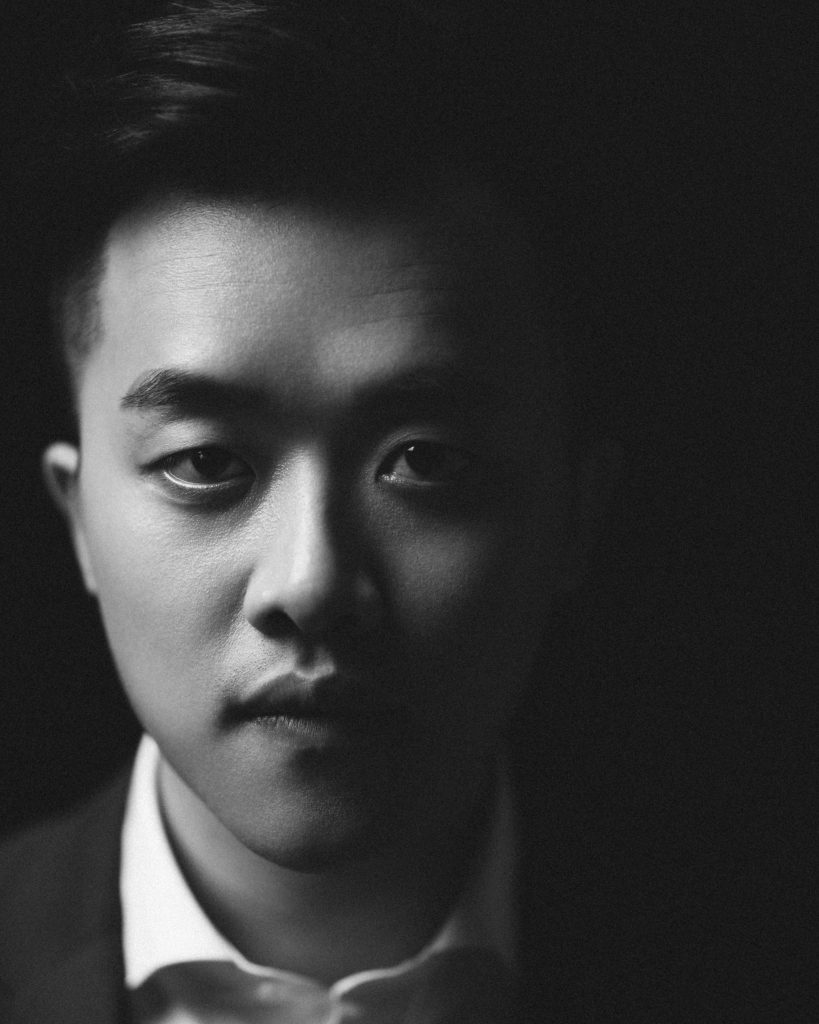
During this interview, Ziyang Wu’s enthusiasm for visual art and a strong desire to explore is palpable, even through a computer screen.
Born and raised in Xuzhou (Jiangsu Province, China), Wu is a contemporary artist teaching at the School of Visual Arts (SVA) and New York University’s Tisch School of the Arts (NYU). With his father’s influence, who was a first-generation Chinese contemporary artist, Wu enjoyed art from an early age. His interest and admiration for Renaissance painters drove him to study traditional painting techniques at the Florence Academy of Fine Art at the age of 18. Afterward, he ventured to the United States for his graduate studies at the Rhode Island School of Art and Design (RISD). Wu shows great concern and curiosity towards social phenomena, including the Trade War, “Black Mirror” reality technology, 5G networks, and algorithm biases. Each of his works acts as a question he wants to ask; to bring attention to certain issues by translating his ideas through video, Augmented reality, Artificial Intelligence simulation, and interactive video installation. As such, he considers himself a project-based artist, drawing inspiration from events, specific moments or emotions. “Where Did Macy Go?” (2020) is a response to the global pandemic of volatility, complexity, and confusion. It is an 11-episode animated video told through a series of reports of Macy’s encounter with the epidemic, life during the quarantine, the search for his grandfather’s farm and his revival.
FRONTRUNNER talks to Wu about his thoughts and ideas during the lockdown, concepts behind his work, stories from his career, and some tips that no artist should underestimate.

How have you been doing during this blustery pandemic?
It was the most impactful and also a very productive year for me. I remember I was truly terrified when the pandemic started in New York City back in early March last year. At that time, I was living with many roommates in Brooklyn. It was quite difficult. So I went to a friend’s place in Philadelphia, who has a house. In the beginning, I thought that would be just like a super temporal thing, but it ended up becoming a whole year. As a media artist, I would say that we had so many opportunities during the pandemic, like online shows and exhibitions. Even though I knew nothing about Philadelphia, my life there was just like quarantine the whole time, strictly no connection to the outside of the house. My mental activity was actually so fruitful, creative, and inventive. It was a really interesting combination of my mental and physical activity last year. Some people may consider it an extended holiday, but for me, it was actually the opposite. I remember back in April and May, I was swamped, busy with online teaching and all kinds of meetings 24/7. Also, I think the pandemic was really helpful in that I was finally able to read as many books as I wanted, which was the thing I didn’t have much time to do before. Most of my inspiration came from reading. For me, the BLM protest was still the biggest thing that happened last year. It was really good that we ended up with so many changes in different fields. Plus it is a blessing and a privilege for me to still have a job. Yeah, I feel truly privileged.
When did you realize your inner passion for art? Are there any moments you still feel confused about?
Actually, I always felt that I would be an artist since I was a kid, mainly because of my dad, I think. For as long as I can remember, I was trained to think critically about the world, to say no, and to be skeptical of things. So this kind of spirit and habit really helped me to become an artist. Another reason I think is that I started studying art at a very early age. I was really into painting and really admire Renaissance painters, which motivated me to study traditional Renaissance painting techniques and skills in Italy. I think we, as artists, get bored very easily, not always satisfied with what we have done. I’m thinking more about why I am doing this and what the next project is about. For example, when the pandemic happened last year, everyone was wondering, “Why are we still painting?” That’s why I created the work Where Did Macy Go because I needed a piece to help me process all the overwhelming information that was taking place.
As you mentioned, you felt like there were a lot of changes going on. Could you expand on the impact of the pandemic on your own work?
There were so many aspects in the art world that have changed. For example, so many non-profits closed due to a lack of funding. The museum structure has been fully challenged. In art itself, I got several very specific inspirations. The first one was about online exhibitions. During the pandemic, all shows were held online. My biggest issue with that was they were trying to have an IRL (in real life) experience to replicate online, but you’d never be able to achieve that. So I chose to take advantage of what the Internet did best, which is sharing and redistributing. That was why I started posting my work on TikTok, making Instagram filters, and so on. It was not only for more people to see or use, but also using the Internet as a tool to expand the dimension of the project, which a physical space could never achieve. The second was the idea of collective effort. Inspired by all the powerful social events that individuals worked collectively to make changes, I started to become more interested in collaborating with others instead of creating my work alone. I began to cooperate with other artists and engineers, and we inspired each other a lot.
Elements like VR, AR, interactive installation, and AI simulation are widely used in your work. Do you think this is a necessary trend in art during this highly globalized post-Internet society? Will traditional art like sculpture and painting be outdated one day?
I don’t think so, not at all. First of all, I majored in painting in both my undergraduate and graduate study. Secondly, just because I quit painting doesn’t mean that I think it’s boring or whatever. It’s all about the concept, which I’m interested in right now is more related to technology like the Internet or social media. I want to know exactly how artificial intelligence or augmented reality works, to be able to create work to either challenge or ask questions on certain social phenomena. For example, I was really into the algorithm bias. There were so many cases of algorithm bias against women, people of color, and so on. If we search Asian girls on Google right now, there is still a lot of pornographic or dating information coming out. Also, the facial recognition bias, where accuracy would vary based on a person’s age, gender, or race. These are topics I’m interested in as an artist now. I’m very much like a project-based artist who will decide which medium to work on based on the topic. Maybe one day, I might go back to painting again, if I find my interest in topics like art historical research.
Where Did Macy Go? (Episode 1)
Do you want to bring changes to the world through your art?
I feel like artists are so powerless in some way. But artists are really good at asking questions and pose certain questions that maybe no one has ever thought about before. Especially as visual artists, we try to bring people’s attention by creating visual experiences, and hopefully the questions we asked can raise people’s awareness of certain issues.
Are there any questions you want to ask right now?
As an educator, I think about these questions all the time like, “How should we teach art history? How should we write art history?” I’m currently working on a project which is still in the proposal phase. Overall, it was inspired by my dad, who was a first-generation Chinese contemporary artist. After talking with him and some of his colleagues about what they did in their early art careers, I realized that many stories – about their art experiences and events during the 80s – were very different from what we’ve learned from art history books (especially Western art history books about Chinese art). Another big inspiration for this project was from a collection called “207 Before and After Tiananmen” at MoMA, which was dedicated to Chinese contemporary art. One of the sentences in the introduction part said, “These defiant artworks marked a new sense of agency and international dialogue, and challenged the Chinese government’s censorship of cultural production”. This is very much how the West constructs first-generation Chinese contemporary art history. Well, that’s not necessarily true. From the interviews I did with my dad and his fellows, they were just trying to explore. My goal for this project is to, eventually, create an alternative to reconstruct the first-generation Chinese contemporary art history by using my dad’s art career as an entry point, through AI as a new cultural production tool. Let’s see how it goes.
That’s a really interesting project.
Thank you, there are many questions I’d love to ask or challenge, some are big and some are small. That’s definitely the pleasure of being an artist. Once again, through this joint effort, maybe one day we could really challenge this strong and crazy structure built by a certain amount of people, after decades of working.
As a Chinese artist based in New York, how do you understand your self-identity in work and artistic creation? Have you ever felt like an outsider?
Honestly, I think I’ll always be an outsider, but I’m trying to turn that into a great advantage of my art creation. One strategy is to assign me a character. When I was in Italy, I was totally an outsider and had difficulties fitting into any kind of community there. The situation was still the same after coming to the States, but I was lucky enough to have really good friends who helped me to get involved much more easily at that time. A few years back, most of my works, inspired by specific social phenomena in mainland China, were not so influential. In the eyes of my spectators, I was just another Chinese artist making art and politics. Since then, I started to assign myself with the character of Chinese-American, and force myself to think about what kind of art I would make if I was a Chinese American, even though I’m not. I’m Chinese. Also, I drew inspiration from the Indian English philosopher Homi K. Bhabha, initially from his post-colonial theories. My perspective changed, which was ultimately the most interesting thing that you can actually have as an outsider standing in this between space.
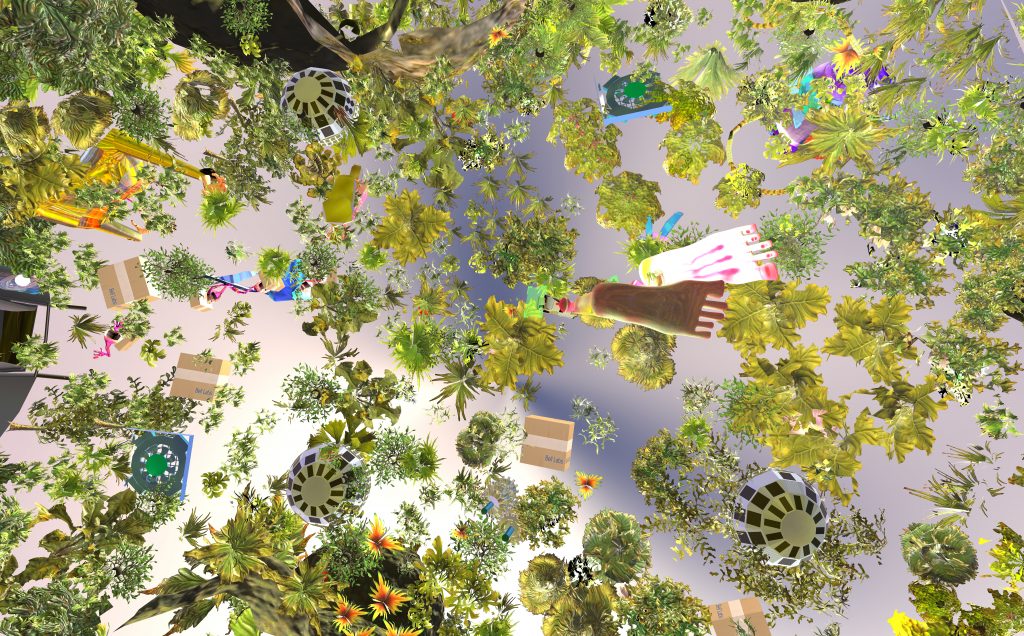
Ziyang Wu
Networked Ecosystem (2021)
Courtesy of the artist
So how did you cope with the hard times when you first arrived in Italy?
I was only 18 years old when I arrived in Italy and wasn’t mature enough to be able to cope with everything happening around me. I spent most of my time attending exhibitions and shows and went to all the major museums in Europe. I always use Sarah Sze as an example. It was in 2013, she held an exhibition at Venice. Due to the lack of knowledge of contemporary art, I couldn’t get it when I first saw her work. After that, I became really curious and pushed myself to learn and understand what that was. And now I am one of her biggest fans. I would say my undergrad experience in terms of art education was so much more open and enriched from just seeing shows and exhibitions.
What advice would you share with a budding artist?
There’s something that I truly believe in: always stay true to yourself, and never make work that you’re not truly interested in. For that reason, the work can tell its own story. The second is just to work hard. That’s what I tell myself and my students all the time: be hard-working, dedicated, disciplined, and passionate.
What’s your upcoming project about?
We’re actually launching a new project called Networked Ecosystem. This is a live-simulation project that presents an ecosystem built of a variety of AI senses, where every single element in this environment is triggered by real data and has been collected by Nokia Bell Labs over the past few decades (including temperature, humidity, air pressure and gas density, and other robotic vision and sensing data). With all this data, we were able to repurpose it to a 3D environmental simulation we created. It’s more like a video game that runs by itself, and viewers can explore and interact with the simulated world in an ever-changing environment. This project was a collaboration between me, another artist named Mark Romas, and several computer engineers at Nokia Bell Labs. You know, I don’t know much about coding, which means I would never be able to make this kind of work done on my own. But through our joint effort, we were able to create this amazing project, collectively.


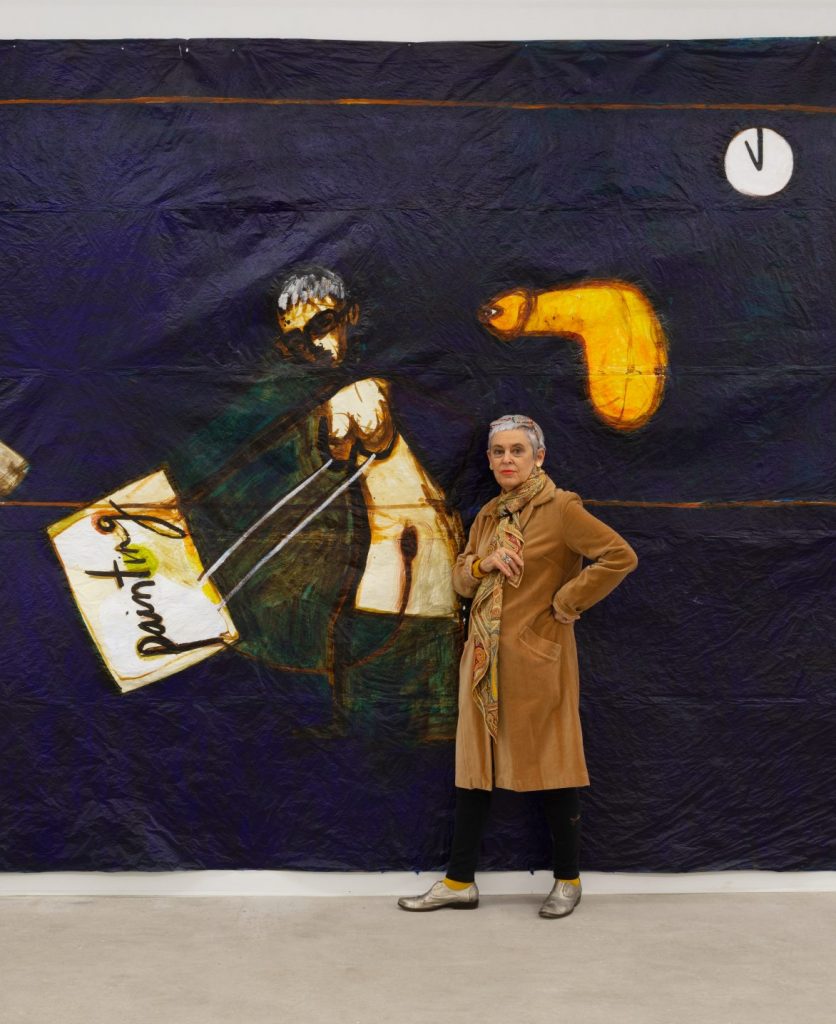
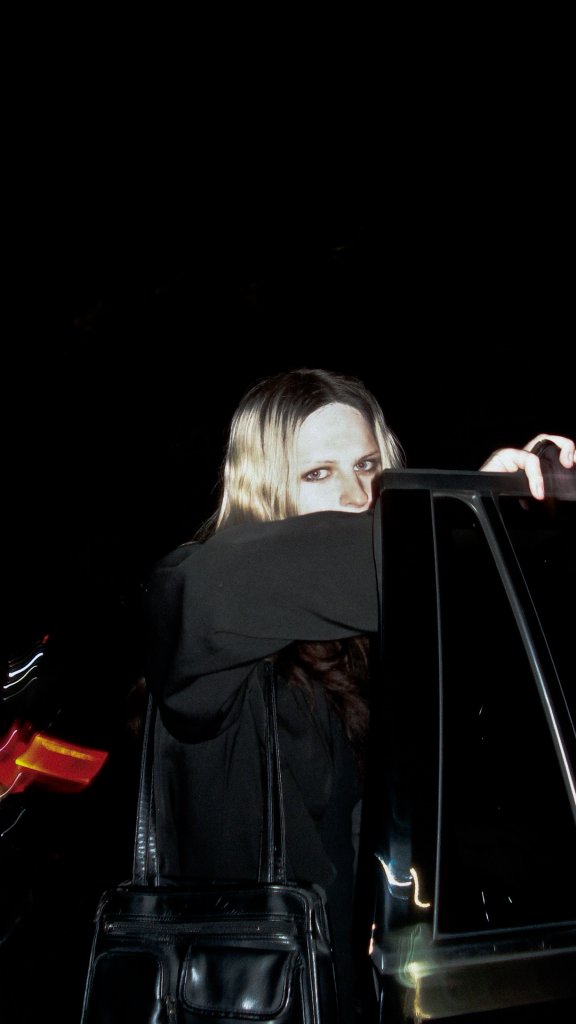

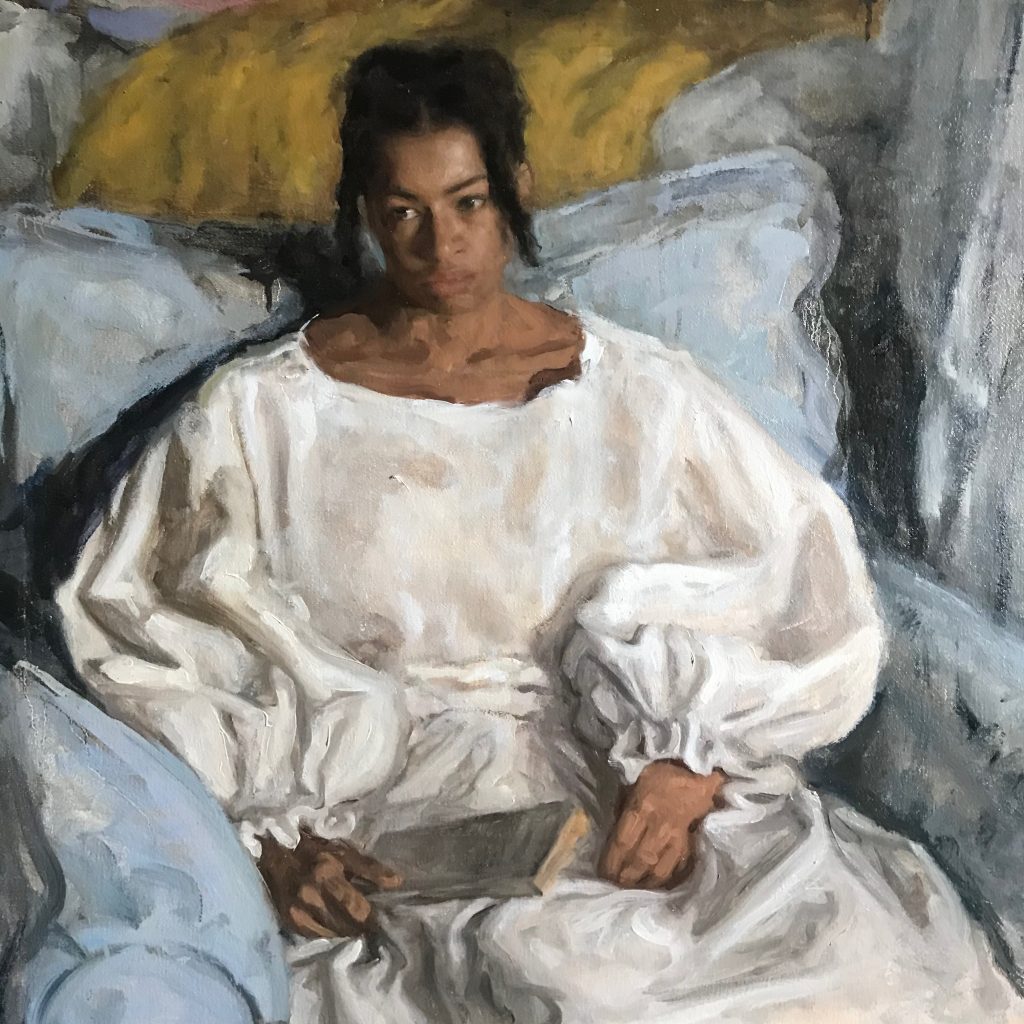
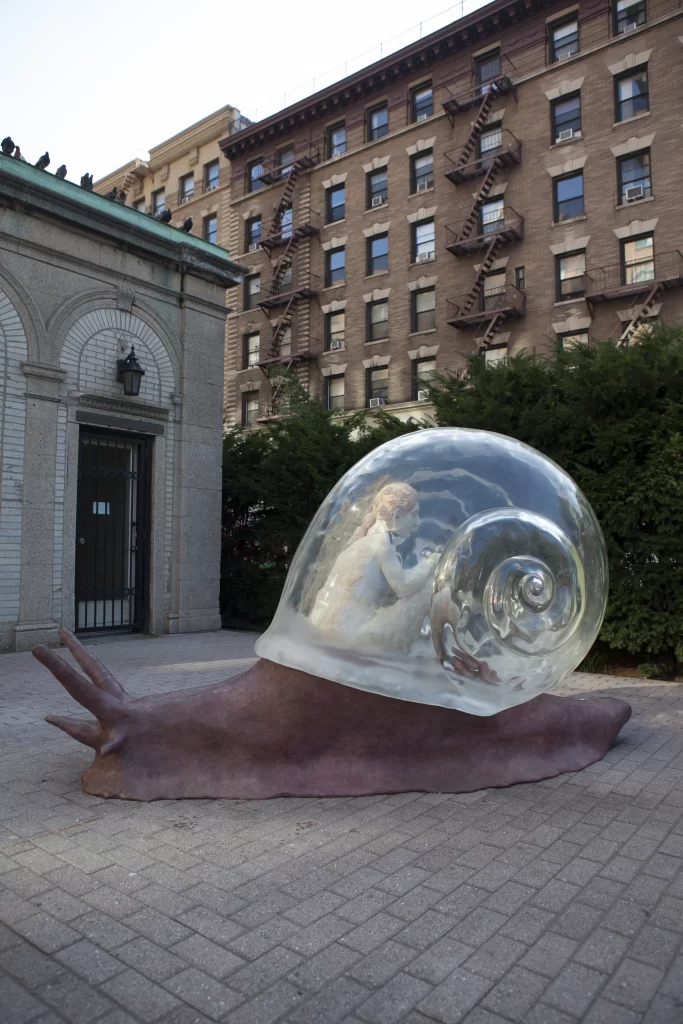
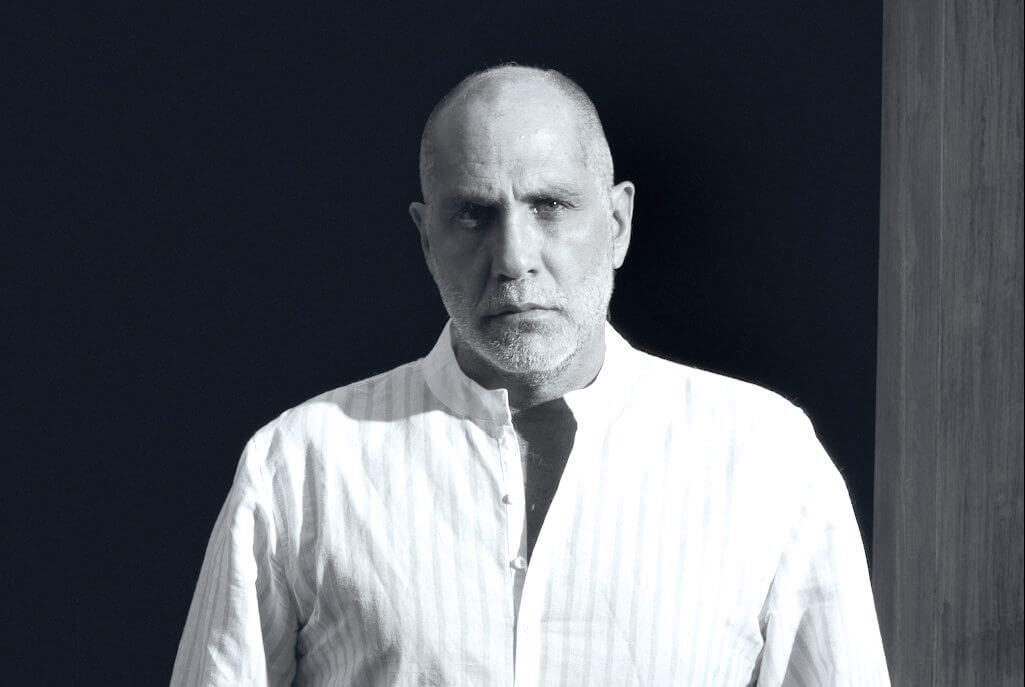

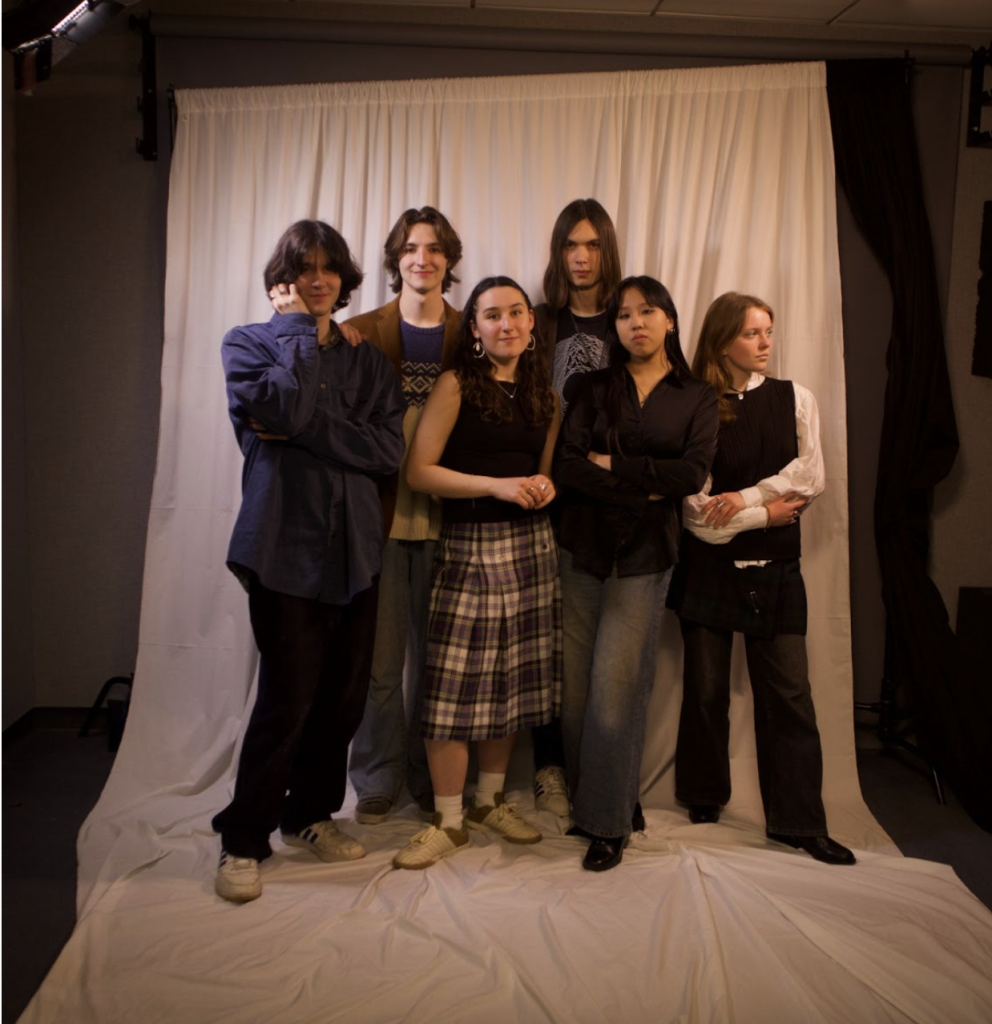
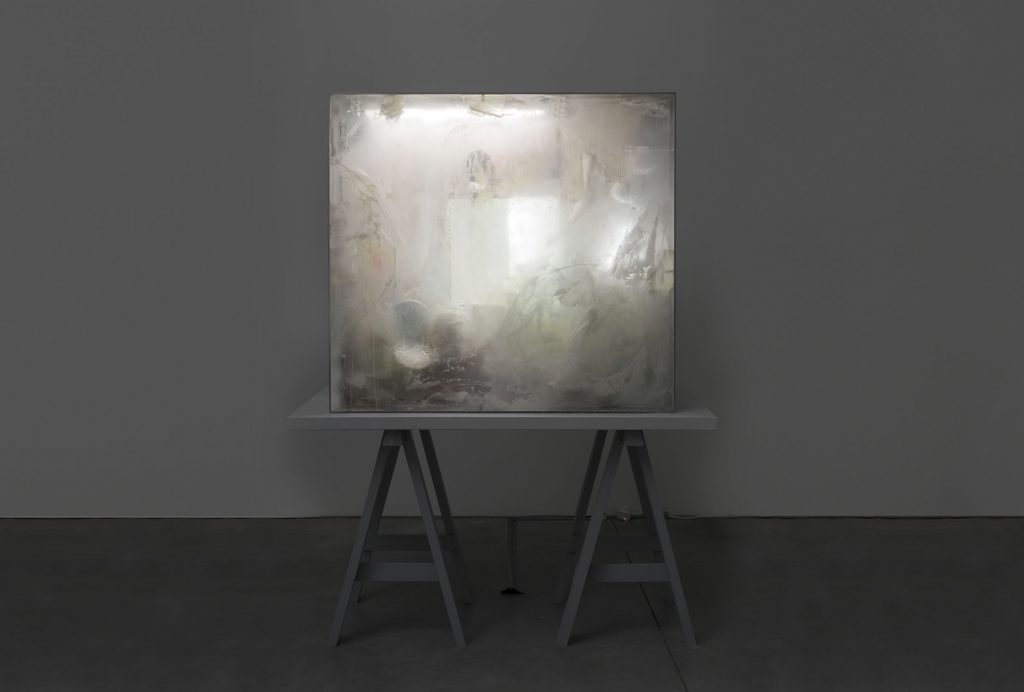
Responses